Cyclists are no strangers to wet weather. Bike commuters will tell you that you can’t let a little (or a lot of) rain stop you from getting around, and even enthusiasts know that riding in the wet is part of the life of a cyclist. We’ve already given some tips on how to ride safely in rainy conditions, but in this article we discuss what you need to do to take care of your bike after riding out in the rain.
Here we go.
How wet is your bike?
The first question is: ‘how wet is your bike?’ If you only rode through a minor drizzle, then the work ahead of you is minimal, while on the other end of the spectrum is riding through flood waters deep enough to get water in your wheel hubs or bottom bracket.
If your bike is not drenched, then wiping the surfaces should be enough. But pay close attention to areas where water might not quickly evaporate from. Wiping your top tube dry is not as big a concern as preventing rust from building up in nooks and crannies that stay wet and invite corrosion.
Do a quick wash if the bike is grimy
At the very least, you shouldn’t let road grime stay on your bike too long. Mud and dirt begin to penetrate into problem areas such as your bottom bracket and your wheel hubs when left on the bike too long. A watering down can be a quick fix if you expect to encounter more rain the next day or just don’t want to do a proper wash.
The chain can be wiped off to remove grime, and you can reapply chain lube if needed. It is always better to completely wash the chain before reapplying chain lube, but having no lube because it got washed off is worse than reapplying lube over a dirty chain.
Make sure you dry the bike properly after you wash it.
Problem areas to look out for
Your bearings are really the biggest concern, specifically the ones your bike has in its hubs and its bottom bracket. There are also bearings in your headset, but this is a less of a concern than the first two mentioned above.
Check your bike’s bottom bracket shell for a drainage hole to let water out. On some bikes, the hole is plugged by a bolt which you can remove to let water out, while on other bikes the hole is just open. Still there are other bikes that have no drainage holes under the bottom bracket shell, in which case you should consider removing your seatpost and turning the bike upside down to let water out through the seat tube. (Water usually gets in through the headset, and the seat tube!)
Next up, take your wheels off the bike and remove the quick release or thru-axle skewers. Water usually collects inside, but if you take the skewers off, the inside of the hub will dry out after a few hours. Wipe the skewers down while you’re at it and leave them for a few hours.
You can also check the headset to be safe. On some bikes, the headset drains water through a hole under the fork crown, but turning your bike upside down can help drain water through the top cap.
Look after your brakes
If you’re using rim brakes, you may want to inspect the brake pads for dirt and other abrasive debris that can ruin your rim’s braking surface when left alone. Check the rim’s braking surface too for debris, and wipe it clean. On disc brake bikes, you will want to clean the rotors and the pads.
Keeping your brake system clean ensures better braking performance and makes your components last longer.
What to do if you rode in deep flood water
Lastly, if you rode through water deep enough to submerge your bottom bracket or wheel hubs, you will want to check your bearings for water ingress. This can be done at a bike shop if you don’t have the tools to get to your bearings, or if you’re not confident about the job.
—
Riding in wet weather is part of cycling. For some of us, it can even be fun and quite magical. Taking care of your bike after a wet ride is important, though, as it can help keep you and your bike riding safe and happy through the rainy season.

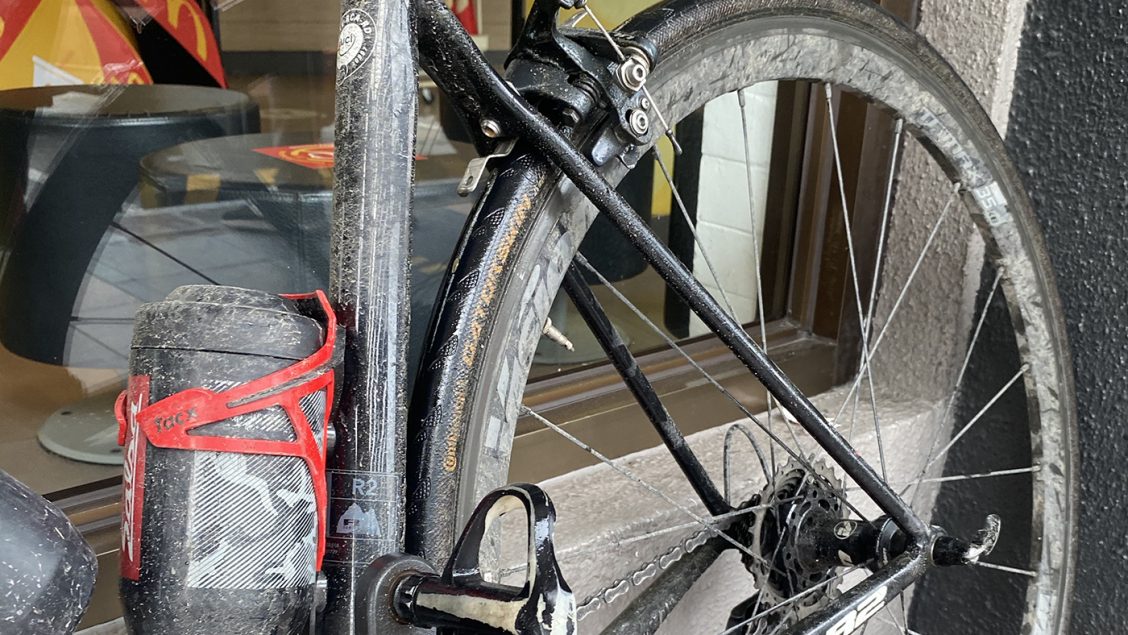
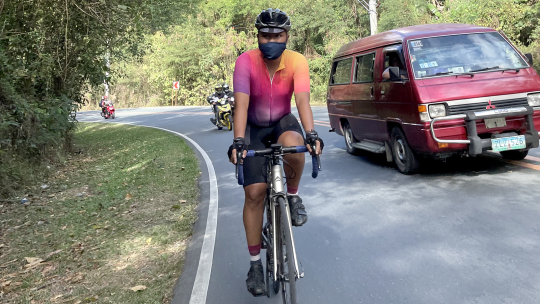


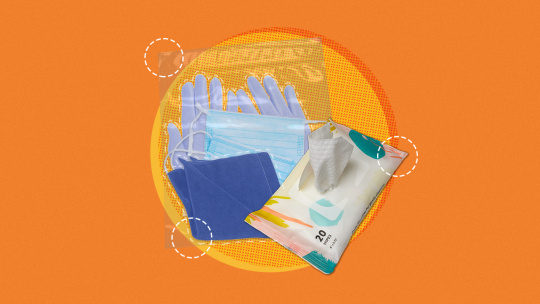
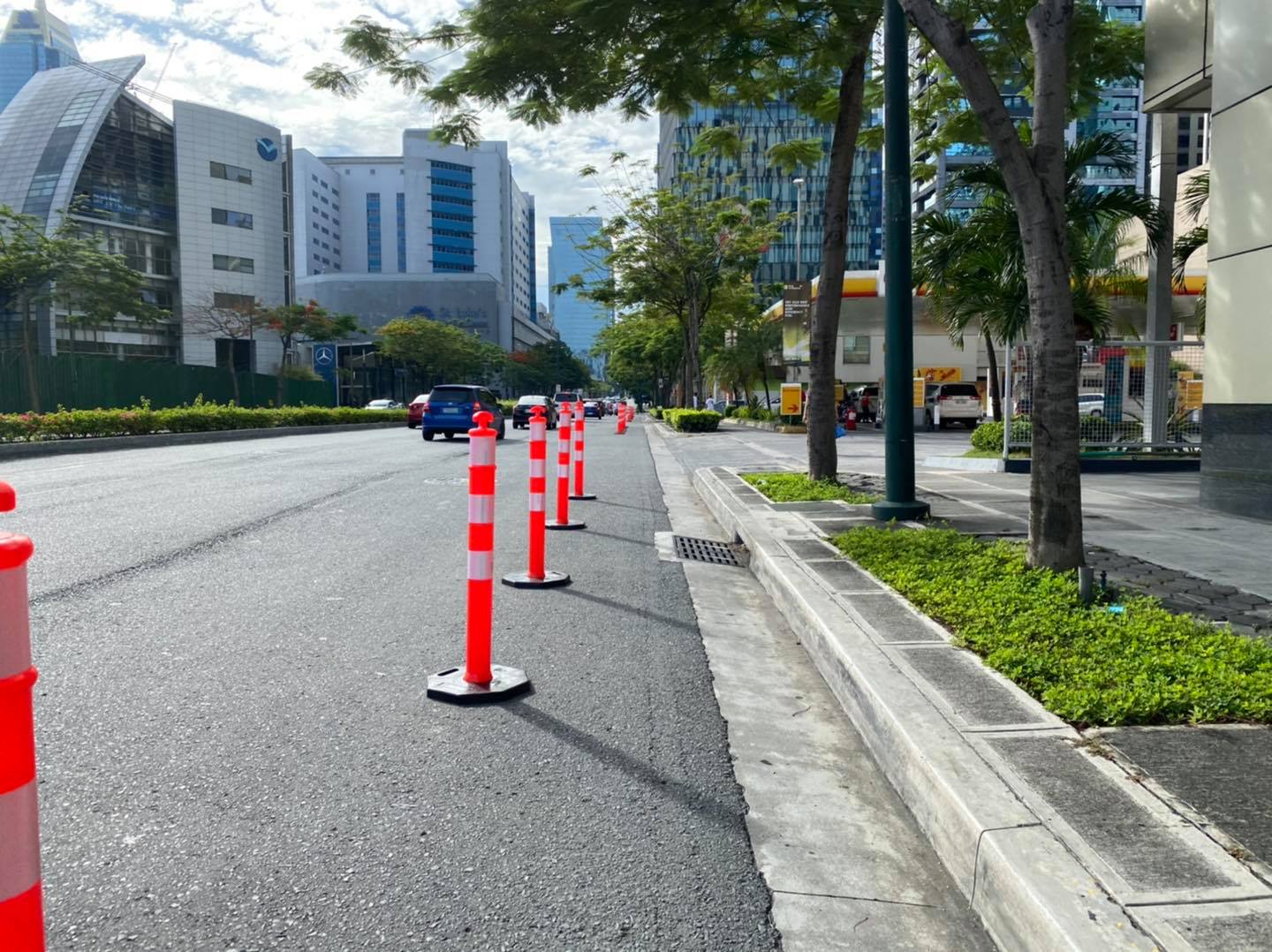
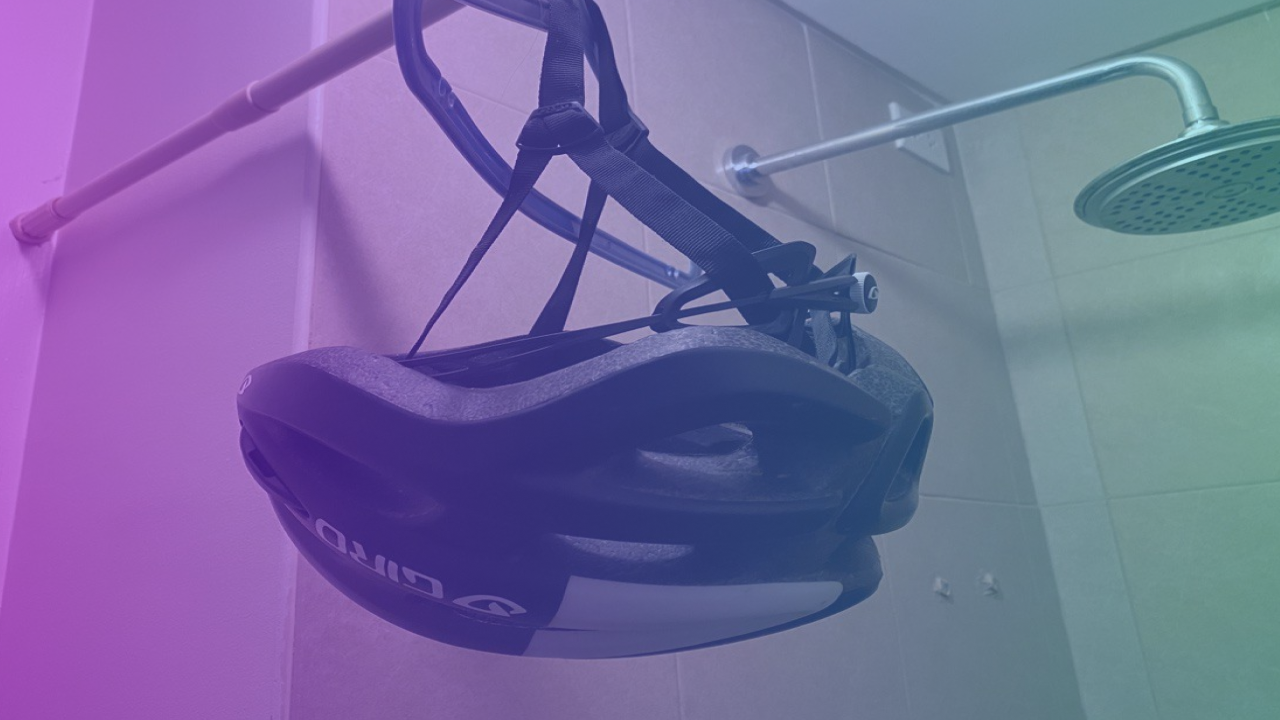
Leave a Comment